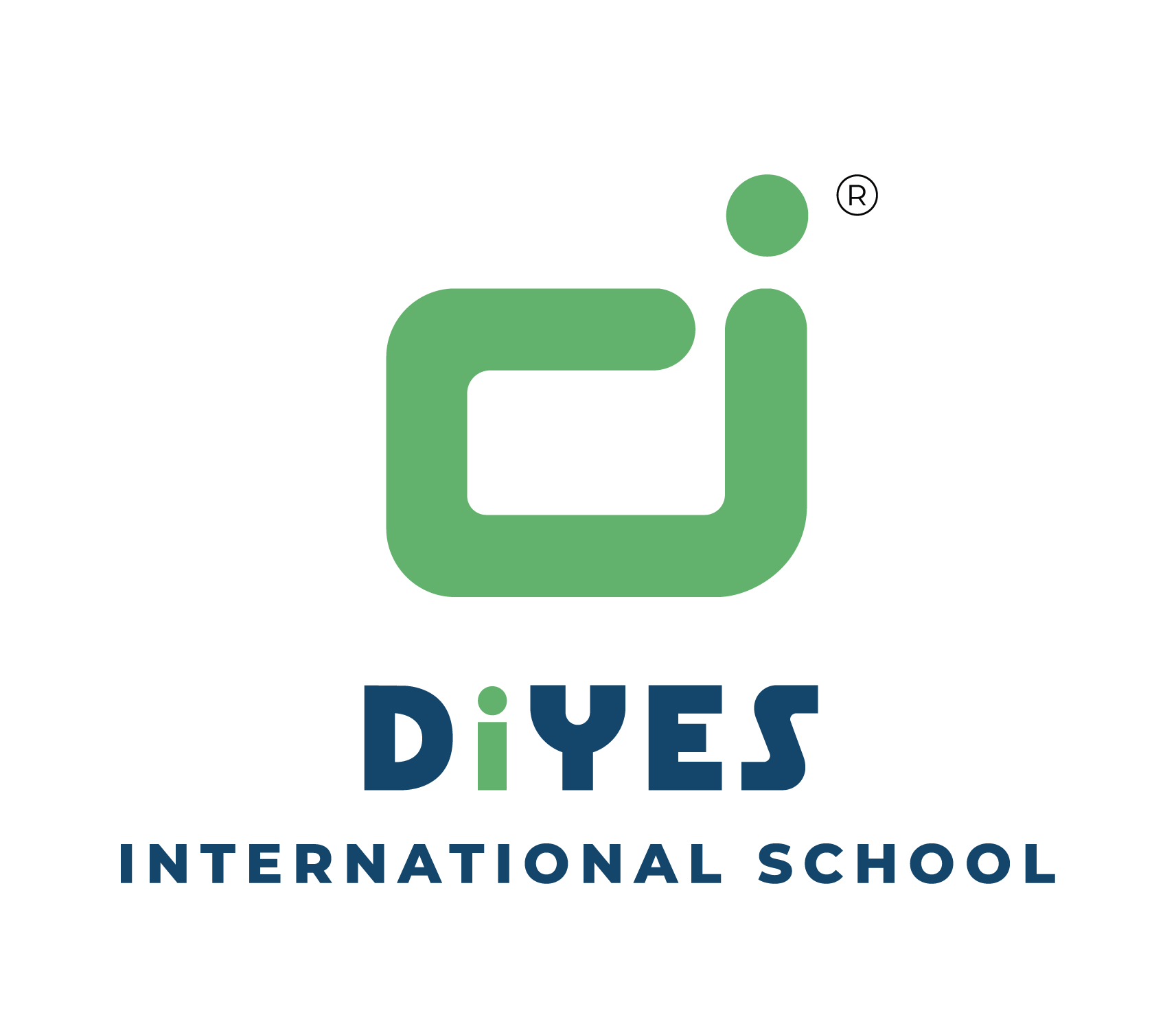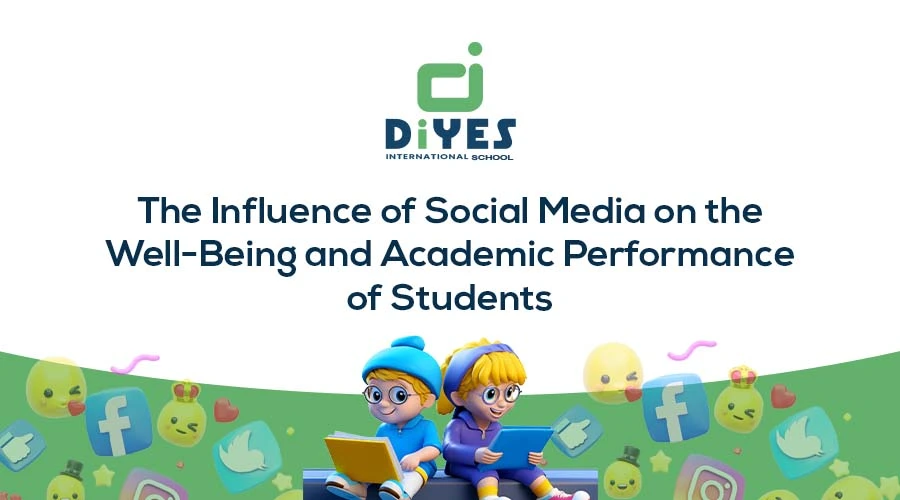In the contemporary educational landscape, the ubiquity of social media has transformed the way students engage with the world. This blog embarks on a comprehensive exploration of the multifaceted influence of social media on student well-being and academic performance. From nurturing enhanced connectivity to addressing the potential pitfalls, we dissect the positive and negative dimensions of this digital phenomenon. As we navigate through the various facets, we’ll also delineate strategies to strike a balance, ensuring students harness the benefits while mitigating the challenges.

This blog navigates the complex intersection of social media, student well-being, and academic performance. By dissecting both positive and negative aspects, we aim to provide insights into the dynamic relationship between students and social platforms. Additionally, practical strategies are outlined to help students navigate this digital landscape with intentionality, nurturing a harmonious balance between online engagement and academic pursuits.
The Positive Influence of Social Media on Students
In an era dominated by digital interconnectedness, social media platforms have emerged as transformative tools in the educational landscape. Beyond serving as virtual social spaces, these platforms wield a positive influence on students, offering enhanced connectivity, access to a wealth of information, and avenues for career development.
- Enhanced Connectivity: Nurturing Academic Collaboration
The advent of social media has revolutionized how students connect, nurturing unprecedented levels of global connectivity. These platforms transcend geographical barriers, allowing students to stay in touch with peers, educators, and the expansive academic community. This connectivity lays the groundwork for collaborative learning, virtual study groups, and the exchange of ideas, ultimately enriching the overall learning experience.
In the realm of academia, connectivity is more than just virtual interaction; it’s a catalyst for collaboration. Students, irrespective of geographical boundaries, can form virtual study groups, share academic resources, and engage in collaborative projects. This interconnectedness not only supplements traditional learning methods but also provides a dynamic platform for diverse perspectives.
- Information Access and Awareness: Empowering Learning Beyond Boundaries
Social media platforms act as vast repositories of information, offering students access to educational resources, current events, and diverse perspectives. Platforms like Twitter and LinkedIn facilitate exposure to a broad spectrum of knowledge, enriching students’ understanding of their academic domains.
Beyond textbooks and traditional resources, social media opens doors to a wealth of knowledge. Students can follow thought leaders, join academic groups, and participate in discussions that align with their interests. The real-time nature of information dissemination on platforms like Twitter enables students to stay abreast of the latest developments in their fields of study.
- Career Opportunities: Bridging Academia and Professionalism
Social media platforms play a pivotal role in shaping students’ professional journeys. From networking with industry professionals to accessing job opportunities, platforms like LinkedIn become virtual resumes, showcasing students’ skills and achievements.
The intersection of academia and professional development is seamlessly woven through social media. LinkedIn, in particular, serves as a professional gateway, allowing students to build a digital portfolio, connect with mentors, and explore internship or job opportunities. This integration of academic prowess and professional networking sets the stage for a holistic educational experience.
The positive influence of social media on students extends beyond casual connectivity. It forms a dynamic catalyst for collaboration, information enrichment, and career development. By navigating the digital landscape with intentionality, students can maximize the benefits of social media, transforming it into a valuable ally in their academic journey.
The Negative Impact of Social Media on Students
In the era of constant digital connectivity, the flip side of social media’s influence on students unveils challenges that can impede academic progress and well-being.

From distraction and procrastination to adverse effects on mental health and disrupted sleep patterns, the negative impact of social media warrants a closer examination.
- Distraction and Procrastination: Navigating the Temptation
The ubiquitous presence of social media on smartphones and computers introduces a potential hazard for students—distraction. The allure of social platforms can be compelling, diverting attention from academic tasks and nurturing procrastination.
Social media’s accessibility poses a double-edged sword. While it facilitates connectivity, it also opens avenues for distraction. Students may find themselves unintentionally veering off course, drawn into the captivating world of social platforms. This diversion, if unchecked, can lead to procrastination and hinder the timely completion of academic responsibilities.
- Negative Effects on Mental Health: The Strain of Societal Pressures
The curated nature of online personas and the pervasive pressure to conform to societal standards can contribute to mental health challenges among students. Continuous exposure to idealized images and lifestyles may foster feelings of inadequacy, leading to anxiety, stress, and a diminished sense of self-worth. The added stressors of the fear of missing out (FOMO) and the potential for cyberbullying further exacerbate these negative effects.
The psychological toll of social media extends beyond surface-level interactions. Students, in their formative years, are susceptible to the impact of societal expectations propagated through online platforms. The constant comparison to curated images and lifestyles can create a distorted self-perception, contributing to mental health issues such as anxiety and stress.
- Impact on Sleep Patterns: Unravelling the Sleep-Disruption Paradox
The convenience of accessing social media at any hour, coupled with the prevalence of smartphones, introduces a significant challenge to healthy sleep patterns. Excessive use before bedtime, along with the blue light emitted from screens, disrupts melatonin production, affecting the quality of sleep.
The intertwining of social media with daily life extends into the realm of sleep. The temptation to scroll through social platforms before bedtime can interfere with the body’s natural sleep-wake cycle. The blue light emitted by screens suppresses melatonin, a hormone crucial for sleep, leading to compromised sleep quality. This disrupted sleep, when chronic, can contribute to fatigue, diminished cognitive function, and ultimately impact academic performance.
The negative impact of social media on students demands a nuanced approach to digital engagement. While the platforms offer connectivity and information, students must navigate the pitfalls of distraction, mental health strains, and disrupted sleep patterns. By nurturing digital mindfulness and establishing healthy boundaries, students can mitigate the adverse effects, ensuring that social media remains a tool for enrichment rather than a hindrance to academic success and well-being.
Strategies for Balancing Social Media and Academic Life
In a digital age marked by constant connectivity, the challenge lies in striking a balance between the benefits of social media and the demands of academic life. Implementing strategic approaches can help students navigate this delicate equilibrium, ensuring that social media enhances rather than hinders their educational journey.
- Set Boundaries: Navigating the Digital Landscape Mindfully
The ubiquitous nature of social media often blurs the lines between personal and academic spheres. Setting clear boundaries is foundational to maintaining a healthy balance. By designating specific times for social media engagement and enforcing restraint during study sessions, students can cultivate a focused and distraction-free academic environment.
The establishment of boundaries is a proactive step towards digital mindfulness. When students allocate dedicated periods for social media usage, they create a structured routine that minimizes the risk of distraction. This intentional approach allows for focused study sessions, promoting academic productivity while embracing the positive aspects of social connectivity.
- Digital Detox Periods: Rejuvenating the Mind for Academic Success
In the continuous stream of digital information, periodic disengagement becomes essential. Implementing regular digital detox periods offers students a respite from the constant influx of social media stimuli. These detox periods contribute to improved concentration, reduced stress levels, and an overall enhancement of well-being.

The concept of a digital detox is akin to refreshing the mind’s cache. During these periods, students deliberately disconnect from social media, allowing their minds to recalibrate. This intentional break not only fosters improved focus during study sessions but also contributes to mental clarity and a more positive approach to academic challenges.
- Promote Positive Usage: Transforming Social Media into a Learning Ally
Rather than viewing social media as a distraction, students can leverage it as a tool for positive learning experiences. Encouraging them to follow educational influencers, join academic groups, and actively participate in discussions aligned with their interests transforms social media into a dynamic platform for knowledge acquisition.
The transformative potential of social media lies in its content. By curating their feeds to include educational influencers, relevant academic groups, and discussions related to their fields of study, students convert social media into an extension of their academic pursuits. This intentional approach aligns their online engagement with their educational goals.
Balancing social media and academic life requires thoughtful strategies that foster a harmonious coexistence. Setting boundaries, implementing digital detox periods, and promoting positive usage are integral components of this equilibrium. By adopting these strategies, students can navigate the digital landscape with intentionality, ensuring that social media becomes a supportive ally in their academic journey.
Conclusion: Navigating the Digital Landscape with Intention
In the ever-evolving digital landscape, where the boundaries between the virtual and the real are increasingly blurred, students find themselves at the intersection of immense possibilities and potential pitfalls. As we navigate this intricate terrain, it becomes imperative to recognize that social media’s influence is not monolithic. Its impact is shaped by how students harness its power and navigate its challenges. Acknowledging the duality of social media allows us to approach it with nuance and intentionality.
Moreover, nurturing a culture of digital literacy and resilience is key to empowering students to make informed choices in their online interactions. Education institutions and parents alike play pivotal roles in equipping students with the skills to discern credible information, manage screen time effectively, and prioritize their well-being. By instilling a sense of responsibility and self-awareness, we can ensure that students derive the maximum benefit from social media while mitigating its potential drawbacks.
In essence, the journey through the digital landscape requires a compass guided by intention. Social media, when approached mindfully, can be a powerful ally in the educational journey, facilitating connections, broadening perspectives, and offering a wealth of knowledge. By nurturing a generation of students who navigate this landscape with intention and resilience, we pave the way for a future where technology complements their well-being and academic success.
At DiYES International School, we recognize the importance of equipping students with the skills to navigate the digital landscape intentionally. Our commitment to holistic education extends to nurturing a healthy balance between online engagement and academic responsibilities.
To explore our approach to student well-being and academic excellence, visit our website at www.diyesinternational.edu.in or contact us at +918547609000. Together, let’s empower students to harness the positive aspects of social media while maintaining a focus on well-being and academic success.


